12 Easy-To-Follow Steps For Repotting Succulents
Taking care of your succulents includes knowing when to repot them. Repotting gives them more room to grow and keeps them healthy. With a few simple steps, you can make sure your succulents are well taken care of. It is an easy way to ensure they have everything they need to thrive. Follow the process, and your plants will flourish in their new homes.
This post may contain affiliate links, which helps keep this content free. Please read our disclosure for more info.
Choose the Right Pot
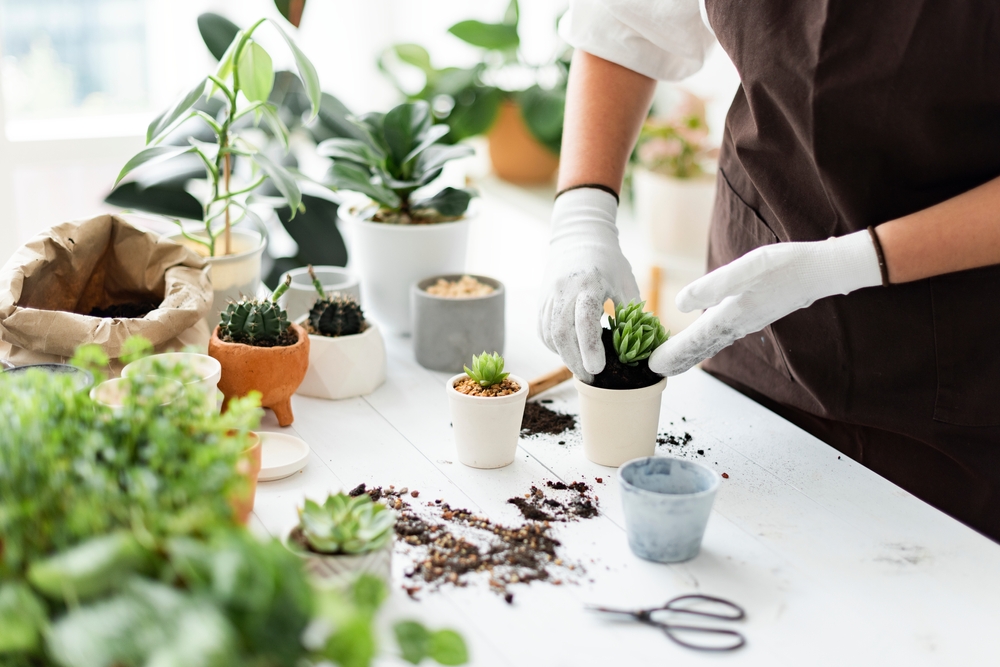
Select a new pot that is slightly larger than the current one to allow room for growth. Ensure the pot has a drainage hole to prevent water from accumulating at the bottom, which can lead to root rot. It is important to avoid picking a pot that is too large, as excess soil can lead to overwatering. A pot that is just a little bigger will provide the perfect environment for your succulent’s roots to expand.
When selecting a pot, consider the material. Clay or ceramic pots are ideal because they allow the soil to dry out quickly. Avoid plastic pots unless they have good drainage. The right pot helps maintain the health of your succulent and encourages steady growth.
Prepare the New Soil
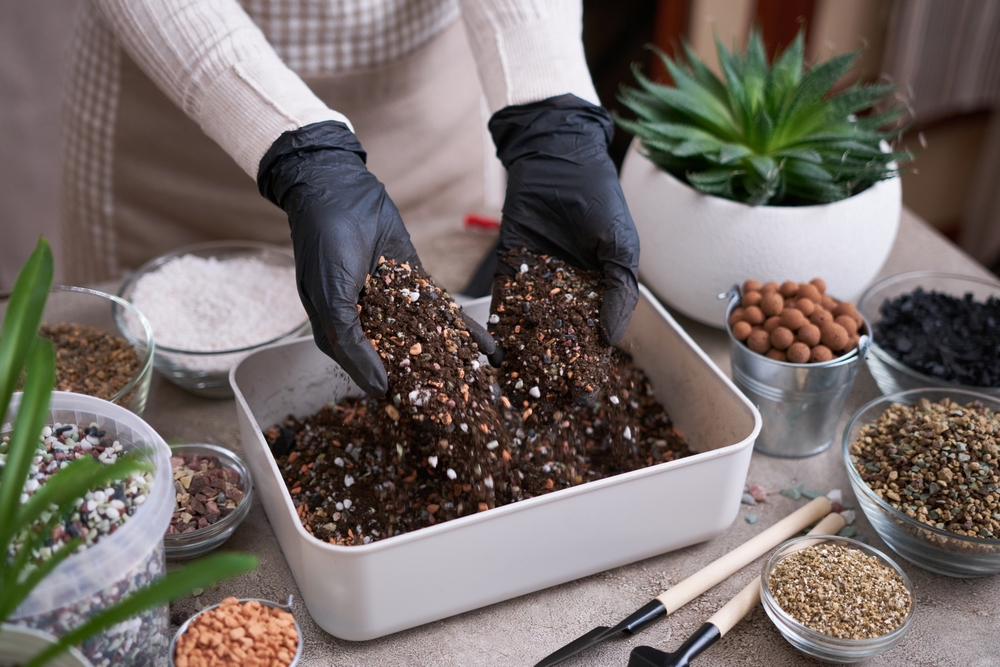
Succulents require well-draining soil to thrive, so it is important to use a soil mix specifically designed for these plants. You can also create your own mix by combining cactus soil with sand or perlite. The right soil will ensure your succulent gets the proper balance of moisture and nutrients. Avoid using regular potting soil, as it tends to retain too much water.
Before repotting, loosen the soil in the new pot to ensure that it is easy for the roots to settle. Fill the pot halfway with the prepared soil mix, leaving room for your succulent. This step is crucial in creating a healthy environment for your plant. Proper soil promotes healthy root growth and prevents moisture buildup around the roots.
Gently Remove the Succulent from Its Current Pot
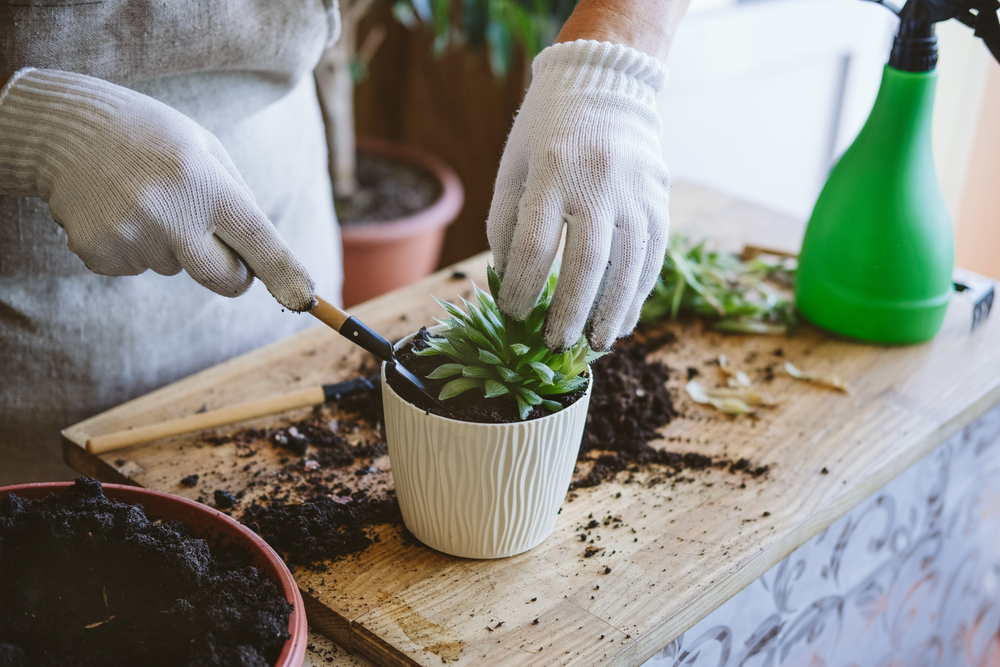
Carefully remove the succulent from its current pot by gently loosening the edges of the soil. You can tip the pot upside down or lightly tap the sides to release the plant. Take care not to damage the roots during this process, as succulents have delicate root systems. Gently shake off excess soil and inspect the roots for any signs of rot or damage.
If the roots appear compacted, gently loosen them with your fingers. Do not pull or tug too hard, as this can cause harm to the plant. The goal is to prepare the plant for its new home without causing unnecessary stress. Once the plant is free, it is ready for placement in the new pot.
Inspect and Trim the Roots
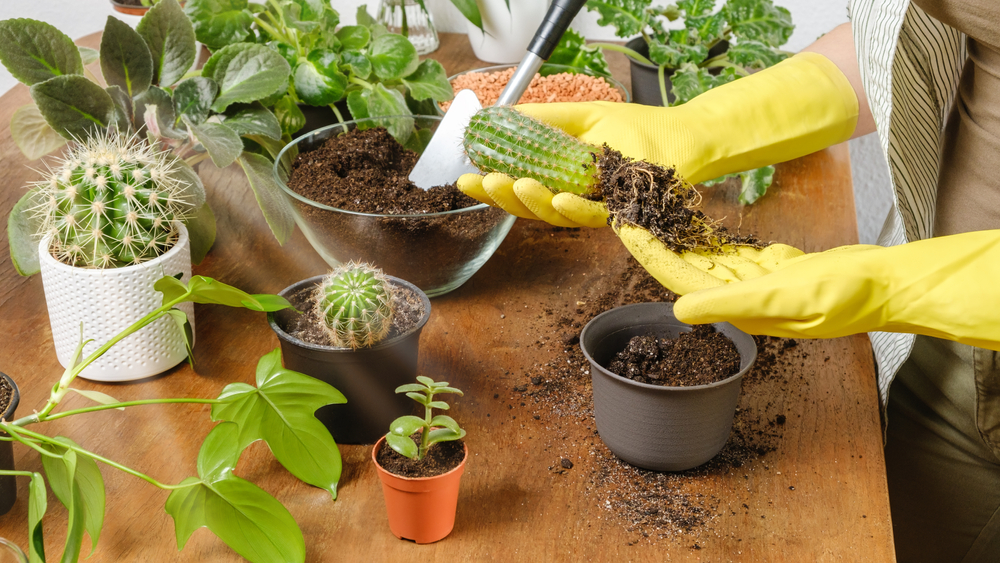
Before placing the succulent in the new pot, inspect the roots closely for any signs of rot or damage. Healthy roots should be firm and light-colored. If any roots appear mushy or dark, trim them with clean scissors or pruning shears. This will prevent any diseased parts from affecting the health of the plant.
After trimming, allow the succulent’s roots to callus over for a few hours. This helps prevent infections when the plant is placed in the new soil. Properly trimming and caring for the roots is an important step in ensuring the plant’s long-term health. Healthy roots will establish a strong foundation for your succulent’s growth.
Place the Succulent in the New Pot
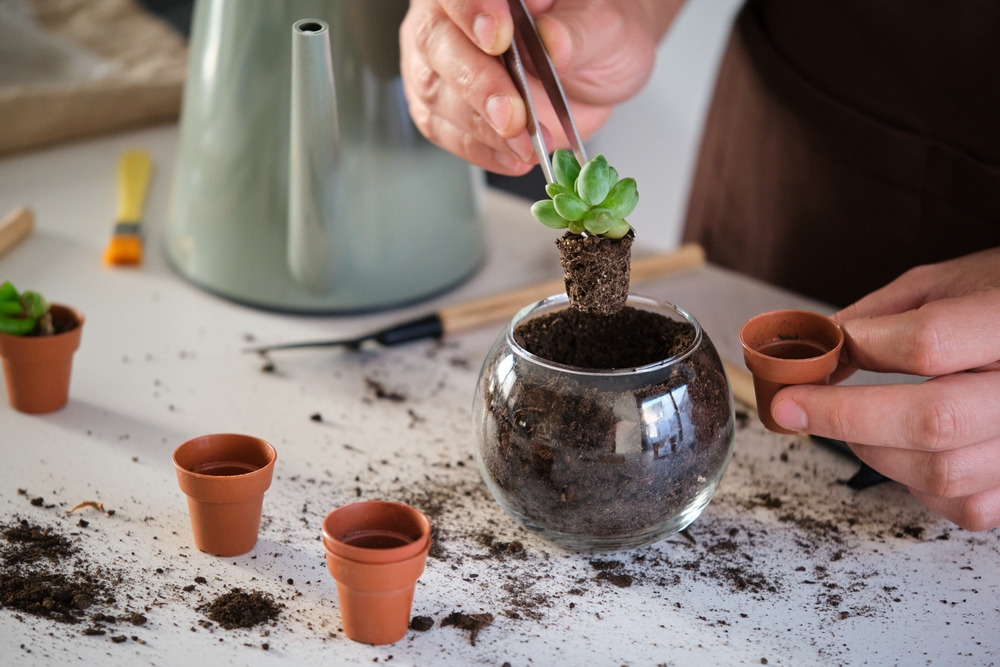
Place the succulent into the new pot, making sure it is centered and upright. Gently fill in the gaps around the roots with fresh, well-draining soil, ensuring the roots are covered but the base of the plant is not buried too deep. The top of the root ball should sit just below the rim of the pot. This will give the plant room to grow and allow water to flow freely.
Take care not to pack the soil too tightly, as succulents prefer loose soil that allows air circulation. Use your fingers or a small tool to gently firm the soil around the plant. Proper placement helps the succulent adjust to its new home without stress. Be sure to position the plant in a way that it receives the appropriate amount of sunlight.
Water Lightly After Repotting
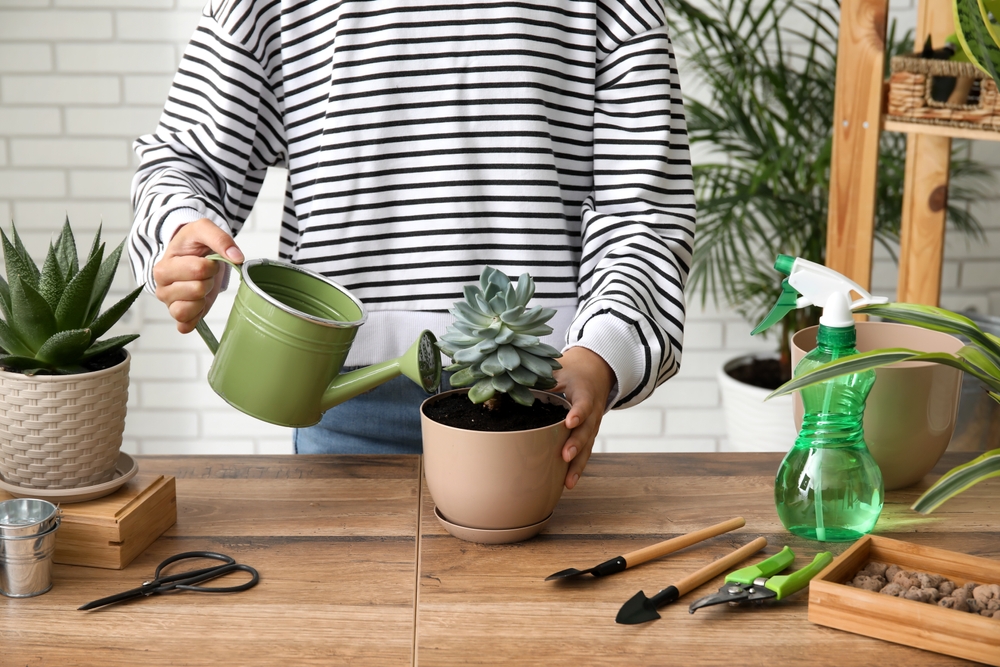
After repotting, wait a few days before watering your succulent. This allows the roots to adjust to their new environment and heal any minor damage. Once you begin watering, do so lightly to avoid disturbing the soil or overwatering the plant. Succulents do not need a lot of water, so it is better to water sparingly and gradually increase the amount as the plant settles in.
It is important to allow the soil to dry out completely before watering again. Overwatering can cause the plant to rot, especially when it is freshly repotted. Use a watering schedule that aligns with the needs of your succulent and its environment. Patience and careful watering will help your plant thrive.
Place the Succulent in a Bright Location
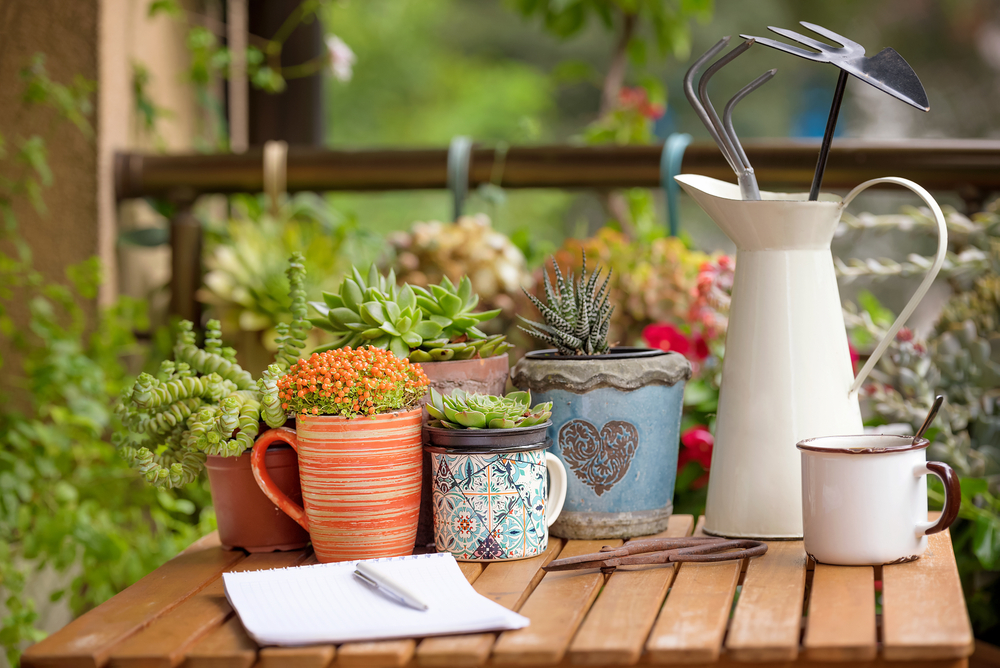
Once repotted, place your succulent in a bright, sunny location, but avoid direct sunlight for the first few days. Sudden exposure to intense light can stress the plant and cause damage. Succulents generally prefer bright, indirect light for optimal growth. A windowsill or a spot with filtered sunlight will provide the right conditions for your succulent to adjust.
Over time, gradually move the succulent to a location with more direct sunlight if it thrives in those conditions. Adequate sunlight is essential for a succulent’s health and helps it maintain its shape and color. Be mindful of the light needs specific to your type of succulent. Proper placement ensures the plant receives enough light without becoming sunburned.
Add a Top Layer of Pebbles or Rocks
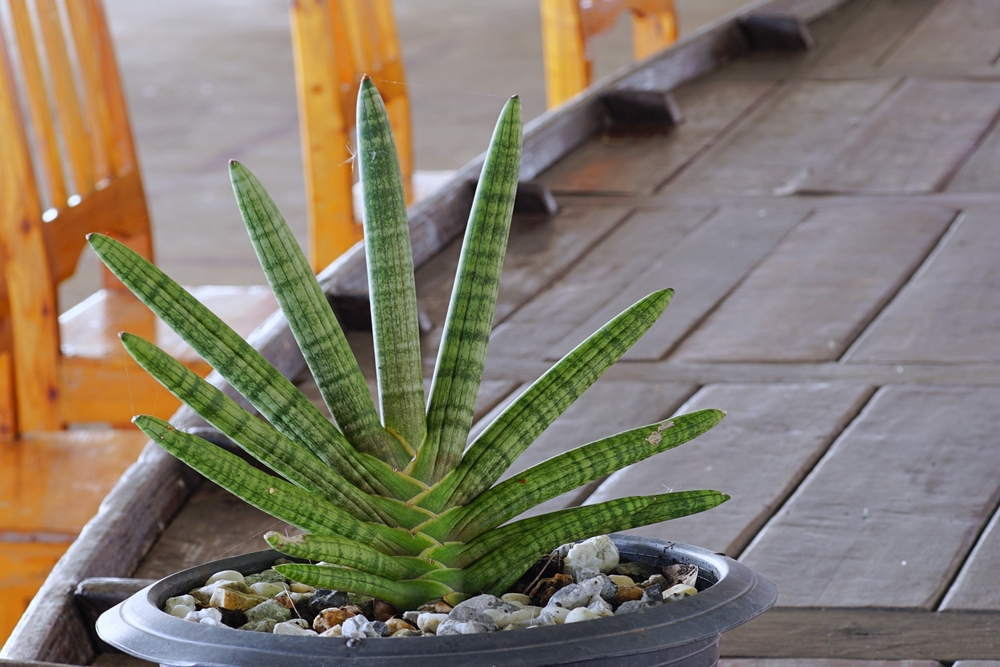
Adding a layer of pebbles or decorative rocks on top of the soil can help with moisture control and drainage. This layer helps keep the soil from compacting and allows water to move freely through the soil. It also adds an aesthetic touch, making your succulent arrangement look even more attractive. Choose small, clean pebbles that will not interfere with the plant’s growth.
This step is optional but can be beneficial for succulents that are particularly sensitive to excess moisture. The rocks will also help prevent the soil from splashing out when watering. By maintaining the right moisture level, your succulent will thrive in its new pot. A decorative top layer adds both function and beauty to your repotted plant.
Avoid Fertilizing Right After Repotting
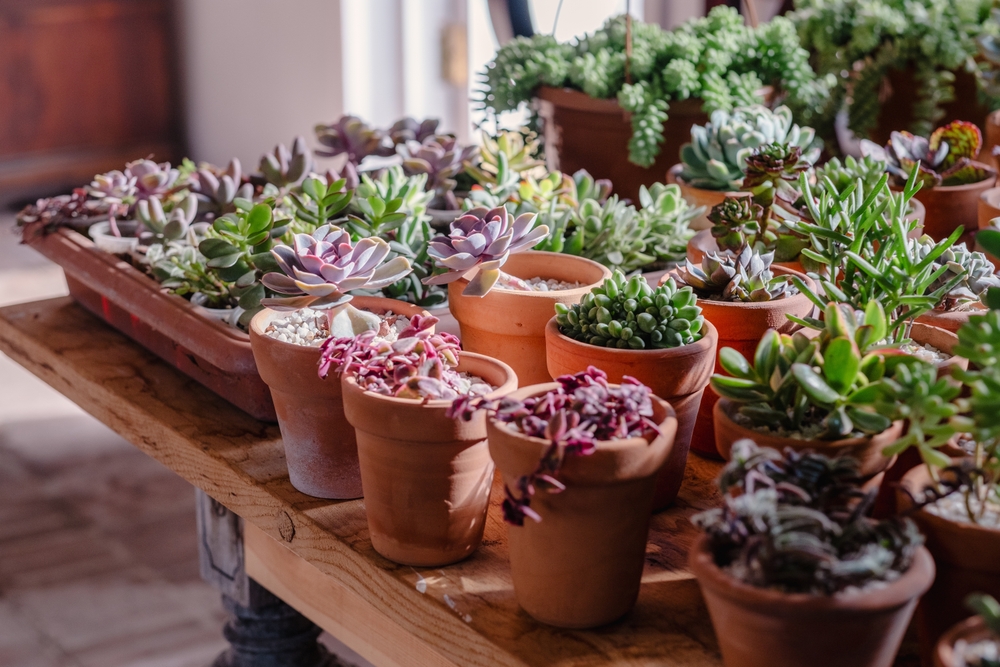
It is important to wait at least a few weeks before fertilizing your succulent after repotting. The plant is still adjusting to its new home, and introducing fertilizer too soon can cause stress. Fertilizing too early may lead to weak or overstretched growth. Allow the plant to settle in and establish itself before adding any fertilizers.
Once the plant has had time to adjust and show signs of new growth, you can begin fertilizing sparingly. Succulents do not need frequent fertilizing, so once a month during the growing season is typically enough. Avoid overfeeding, as this can damage the plant. Fertilizing at the right time encourages healthy growth without overwhelming your succulent.
Monitor for Stress or Disease
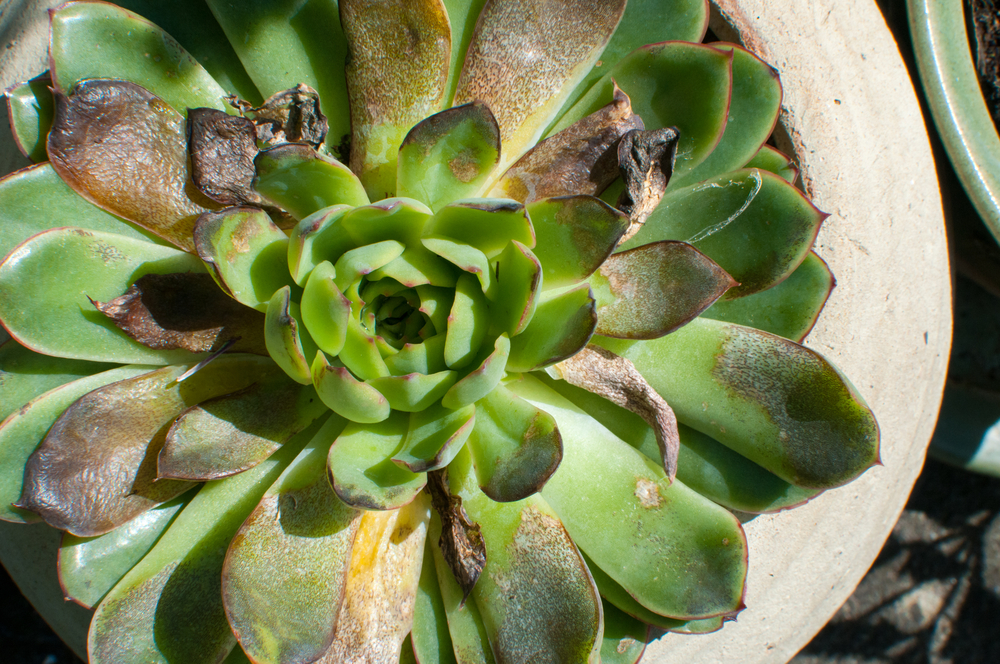
After repotting, keep an eye on your succulent for signs of stress or disease. Common symptoms of stress include wilting, yellowing leaves, or slow growth. If your plant shows these signs, it may need more or less water or light. Checking regularly will allow you to catch any problems early and take action before they affect the health of the plant.
Inspect the leaves and roots every few weeks to ensure there are no pests or diseases. Treat any issues promptly to avoid spreading them to other plants. Providing the right conditions and monitoring the plant closely will help it thrive after repotting. Healthy succulents need proper care and attention to ensure long-lasting growth.
Do Not Overcrowd the Pot
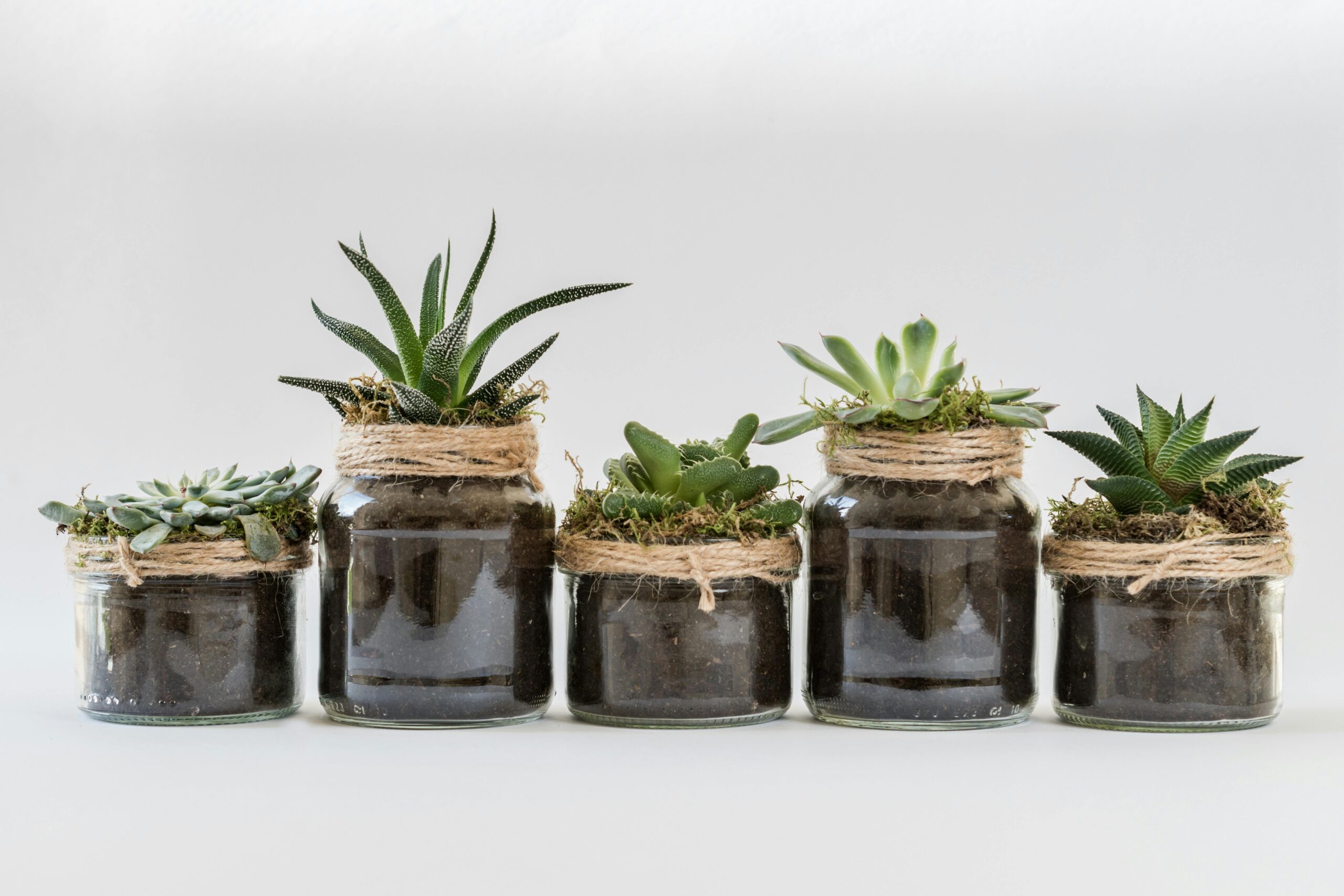
When repotting succulents, make sure not to overcrowd the pot with too many plants. Succulents need room to grow and develop their roots, and overcrowding can cause competition for resources like water and nutrients. It is better to keep one plant per pot or leave enough space for each plant to grow comfortably. Giving your succulent plenty of space allows it to thrive without stress.
If you are repotting multiple succulents into one larger pot, make sure to leave adequate spacing between each plant. This ensures that each plant has access to light, air, and water. Overcrowded pots can lead to weak growth and potential rot, especially when the plants are sharing nutrients. Space is key to maintaining a healthy, thriving garden of succulents.
Repot Regularly to Maintain Health
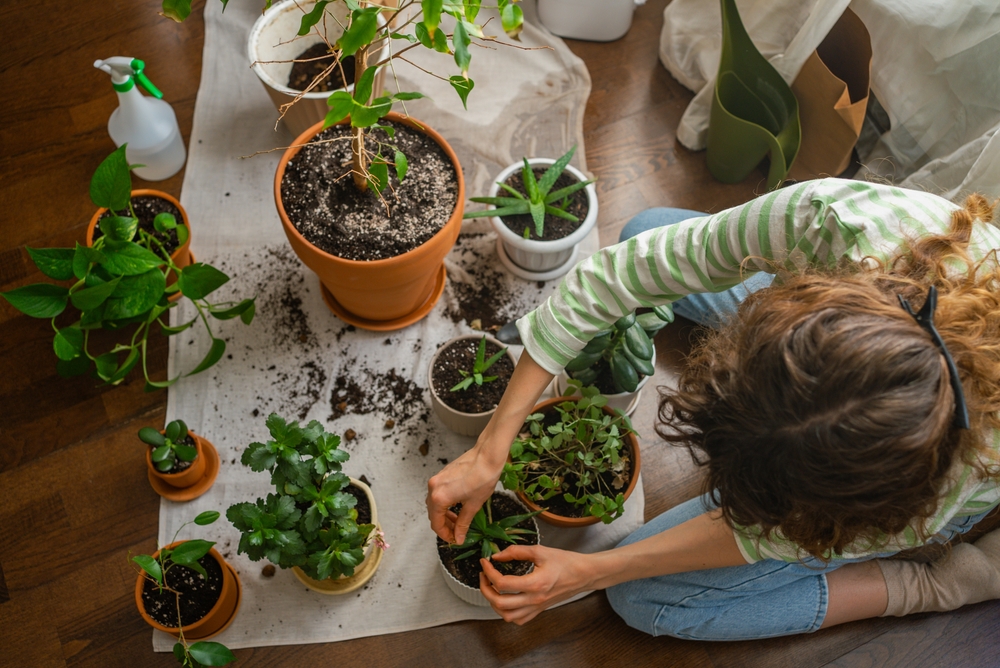
It is important to repot your succulents every couple of years to keep them healthy. As they grow, their roots may become bound, and the soil can lose its nutrients. Regular repotting helps refresh the soil and provides the plant with the space it needs to grow. A quick check every year will help you determine if your succulent is ready for a new pot.
Repotting is a simple task that keeps your succulents strong and thriving. By monitoring their size and health, you can determine the best time to repot. This proactive approach helps prevent issues like root rot and overcrowding. Repotting regularly ensures that your plants have the best chance to grow and flourish.
Repotting succulents is an easy and rewarding task that helps your plants thrive. Proper care, along with the right environment, will keep them flourishing for years to come. With the right approach, your succulents will continue to bring beauty to your home.
This article originally appeared on Avocadu.
